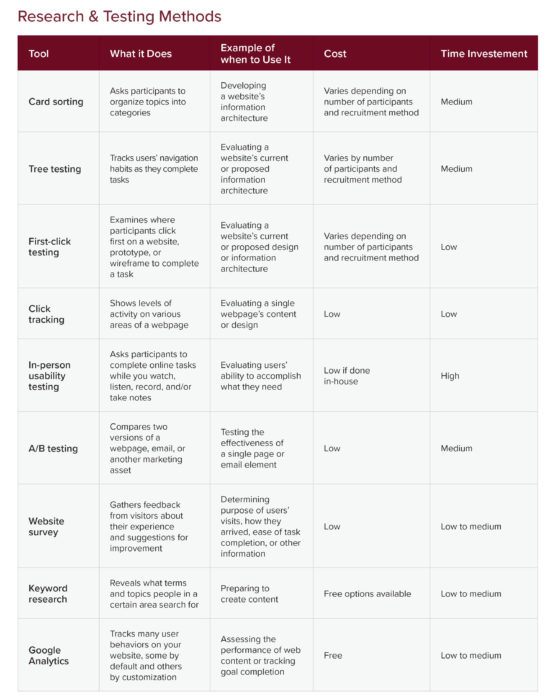Research has shown humor improves information recall. It not only makes messages more memorable, but also humanizes your brand and makes your clinicians even more relatable.
Still, it’s understandable why healthcare marketers don’t often reach for the funny bone. Few patients laugh when they think of a visit to the doctor. But when used strategically, humor takes the edge off medical anxiety and breaks the ice about otherwise uncomfortable topics. Think of all the “cheeky” colonoscopy campaigns that pop up in March, colon cancer awareness month. They’ve helped make the screening a topic of household conversations.
Let’s look at some successful examples of humor in health-related marketing and explore the difference between playful and, well, painfully punny.
Highmark Has a Hilarious RX for Doctor Visits
Research has shown many patients don’t ask all their questions during a doctor’s appointment. Some people hold back due to embarrassment or fear of coming across as unknowledgeable or confrontational. Highmark had advice for those patients: Speak up!
But instead of delivering a motivational lecture, the health insurance provider took a comedic approach. In short videos, a doctor enters an examination room to find his patients have come more than prepared to pick his brain. One patient fires up a PowerPoint presentation with a flow chart of queries. Another patient, surrounded by towering stacks of printouts, calmly takes a sheet to ask her first of many questions. Both videos end with a shot of Highmark’s guide titled “Doc Talk Checklist.”
The message? You, the patient, are in charge. Ask away!
From Couch to Cape: Superhero Saga Combats COVID-19
It’s a tall order to ask people to change their lifestyle overnight, as we saw during the COVID-19 pandemic.
The English National Health Service (NHS) found a way to make that request without moralizing. Their #StayHomeHeroes social media campaign featured portraits of everyday people in superhero costumes or makeup eating, watching TV, working out, or doing other routine activities. Each photo included a message about how the person “protected citizens,” “defended the country,” or “shielded us against COVID-19” just by staying home.
Amid the challenges of the pandemic, the campaign communicated a crucial message with a much-needed dose of humor and positivity.
Retro Twist Drives Cancer Screenings
Decades-old hair and fashion trends are a comedic treasure trove. Virtua Health hit a gold mine when using them to promote colon cancer screenings among people turning 45.
On social media, the New Jersey health system posted a throwback photo with the message “In the ‘90s, it was cool to leave one (overalls) strap unhooked. Today, it’s not cool to skip your colonoscopy.” A similar post read “Hey, class of ’93, do you remember rocking the high hair? It’s time for a colonoscopy.” Both posts included a link to a webpage where patients could learn why and how to schedule a screening.
Virtua Health reported the campaign increased colonoscopy leads by 68%.
Other Ideas
Need more inspiration? Try these options:
- Start a series called “Kids Explain It All.” Ask children for their take on aspects of medical care or healthy living. Accurate or not, their commentary will bring a smile to audiences’ faces.
- Demystify robotic surgery by filming a surgeon using the technology to carve a health-related jack-o-lantern or slice a Thanksgiving turkey. Bonus: Patients get to see that surgeons like to have fun, too.
- Rewrite the lyrics to a well-known melody, but with a healthcare message. Get out your camera to capture one or more of your most telegenic clinicians singing or dancing to the song. Music plus humor equals an unforgettable ad.
General Guidelines
Regardless of your comedic approach, you’ll set up your campaign for success by following these do’s and don’ts.
Do’s for Using Humor
- Do make it relatable: Address common healthcare concerns or experiences among your target audiences.
- Do educate: Use humor as a vehicle to deliver valuable health information or promote preventive care in a memorable way.
- Do test your content: Before launching a humor-based campaign, test it with a focus group to ensure it’s well received and not offensive.
- Do maintain professionalism: Keep the humor respectful and in line with the professionalism expected in the healthcare industry.
Don’ts for Using Humor
- Don’t disregard sensitivity: Avoid gallows humor that could be seen as making light of suffering or difficult situations.
- Don’t offend cultural sensibilities: Be aware of cultural differences, and avoid humor that different populations may misunderstand or find offensive. (Check out the research on differences in humor among different age groups and genders and various cultures.)
- Don’t oversimplify serious issues: Let’s say a hospital runs a mental health campaign. Maybe it creates a video where a character with a giant “mental health” eraser playfully wipes out their worries, fears, and stress. Though humor often uses exaggeration, this hypothetical video would come across as oversimplifying mental illnesses and treatment.
- Don’t neglect to track the campaign results: Establish objectives and success metrics before launch and monitor audience engagement throughout the campaign so you can adjust as needed.
Remember, the key is balancing comedy and sensitivity while maintaining the professionalism and trustworthiness your audiences expect. So, don’t be afraid to inject a little laughter into your healthcare marketing strategy. When used thoughtfully, it can be just what the doctor ordered.
Want Help with Your Campaign?
Ready to delight and educate your audiences but not sure where to start? Look no further than Geonetric! Connect with our team of expert digital marketers, content professionals, designers, and more to kickstart your campaign.











